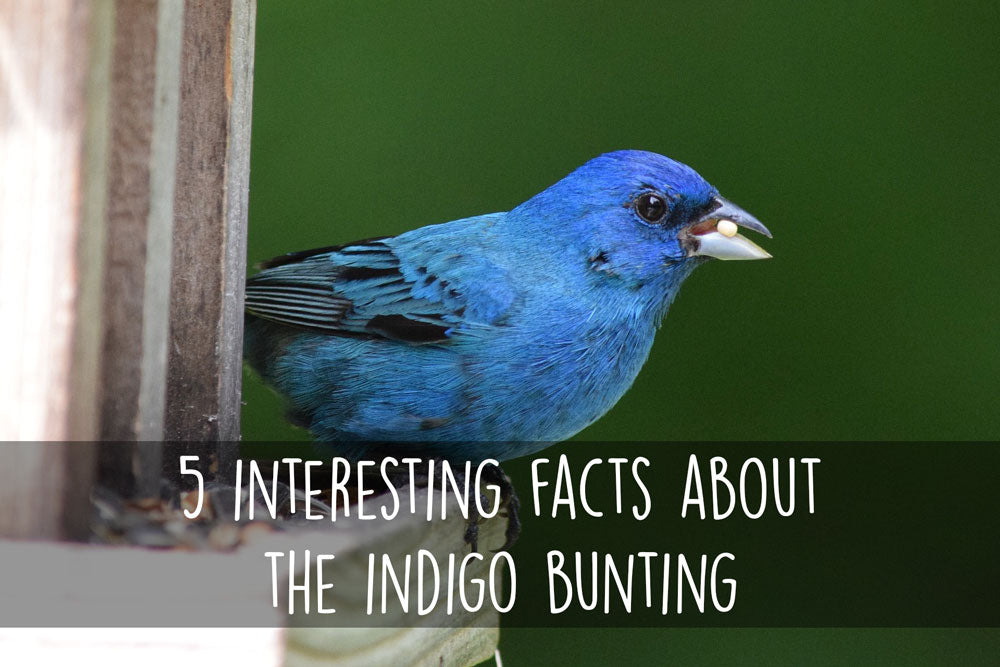Offer
Provide additional details about the offer you're running.
Provide additional details about the offer you're running.
Provide additional details about the offer you're running.

As we approach the end of May, the spring migration is in its final stages here in eastern Ontario. As such, we have been treated to a number of unique sightings, among those being some of our most colourful and favourite birds of the season.
With reports pouring in on our Facebook Group, our friends have been uploading a variety of pictures of their favourite backyard birds including the always colourful Baltimore Oriole, American Goldfinch, Scarlett Tanagers and one of our favourites, the Indigo Bunting.
Its blue plumage makes it unmistakable at any backyard bird feeder and any pictures captured become instantly shareable and for that, we are truly grateful.
Migrating primarily at night, these birds are often referred to as “blue canaries” and can be found along roadways and open fields, often perched in search of their next meal. After spending most of their time in Florida, the Caribbean and Central America during the winter months, they spread across the eastern United States and portions of Manitoba, Ontario, Quebec and some of the Canadian Maritimes during their breeding season.
With a recent influx of these sightings here in our area, we thought it to be fitting to compile a quick list of what makes these colourful birds truly unique.
Those Are Black Feathers
While what we see as a sky-blue plumage in these birds is not entirely accurate. These birds actually sport black feathers, it is the diffraction of light that actually gives these beautiful birds the blue colouring we see when viewing one of them in person. This can often make them appear in a number of different shades ranging from turquois to black, depending on lighting conditions.
Group Mentality
We’ve heard all of the quirky terms to describe other groupings of birds such as a murder, a gaggle, a brood or a colony, as a few examples. The indigo bunting too has a few descriptions truly unique to the species. These birds, when travelling in groups, can be referred to as a decoration, a mural or a sacrifice of buntings!
Nest Construction
Much like a variety of other bird species, indigo buntings utilize a number of materials to make up their cup-shaped nests. After wrapping the outside in spider webs, they often finish the inside of the cup with comfortable materials such as fine grasses, small roots and have been known to collect deer hair to add another level of comfort for their incoming batch of young.
Feeding
These birds are easily attracted to backyard bird feeders and truly enjoy a snack of thistle or nyjer seed. All said, we have had many reports come in recently of these birds dining on fresh fruit (often left for Orioles) and even perched on hummingbird feeders.
Aside from their apparent sweet tooth, these birds commonly dine on insects, so offering mealworms is another avenue to take when trying to attract these blue visitors to our yards.
Canadian History
While extremely widespread at the moment, that was not always the case for the indigo bunting. These birds, like many others, are affected by deforestation and warming climates. They sparingly appeared in the Canadian Maritimes beginning in the 1970s but have since continued their northward trajectory, entering more areas of Canada than ever before. Scientists have noted a direct correlation between the warming climate and the abundance of these birds in more northern regions.
High Quality Blend